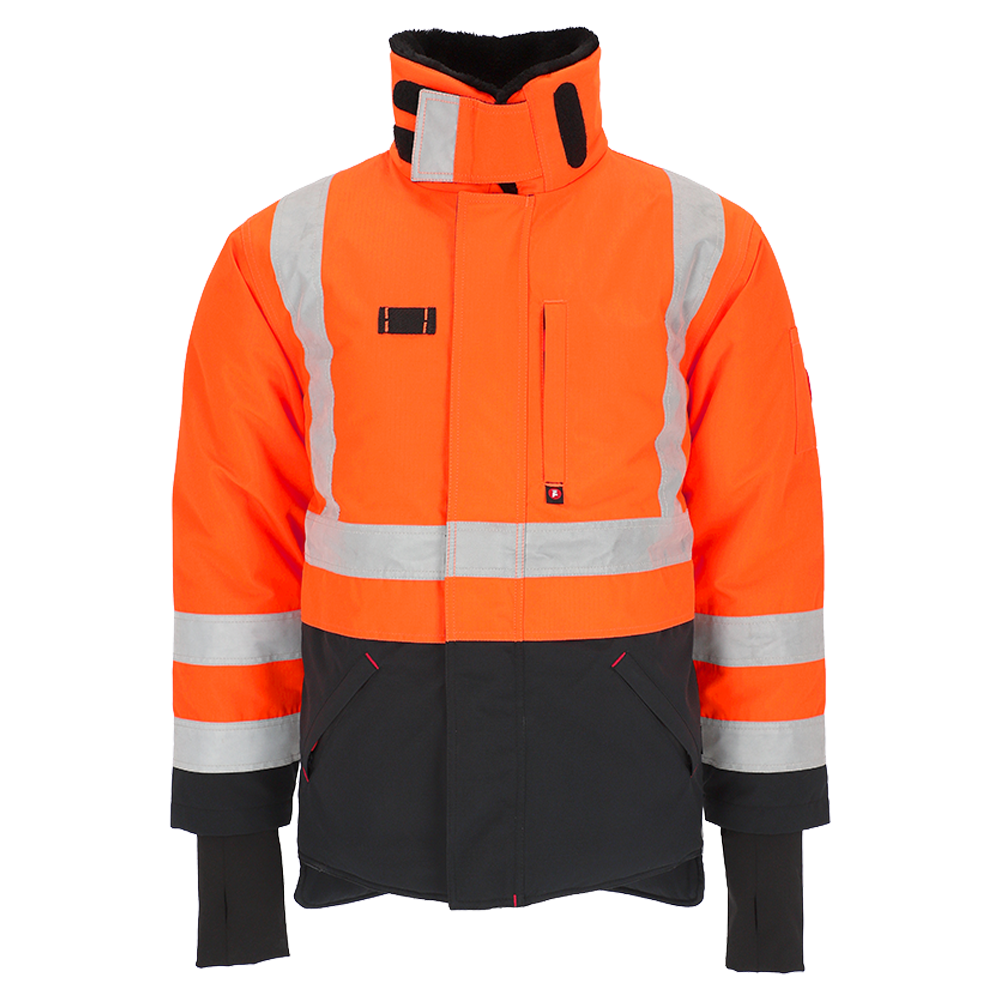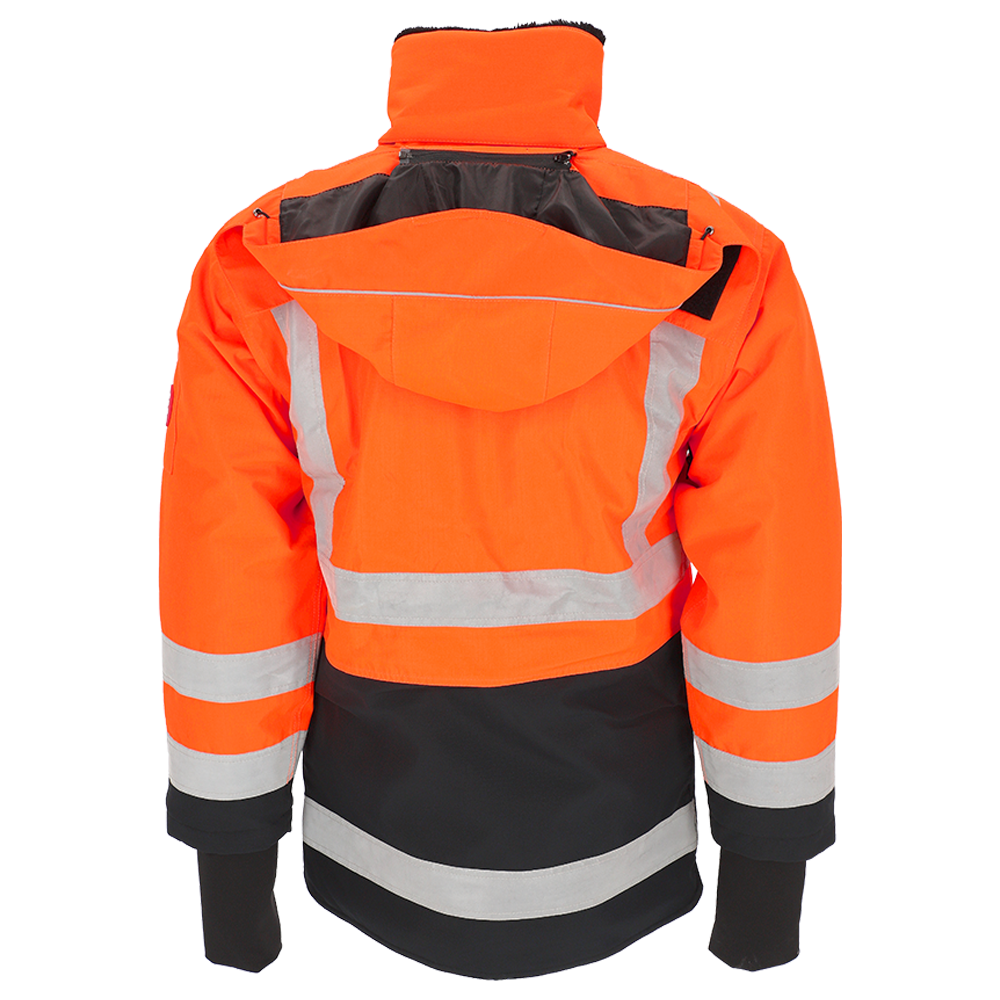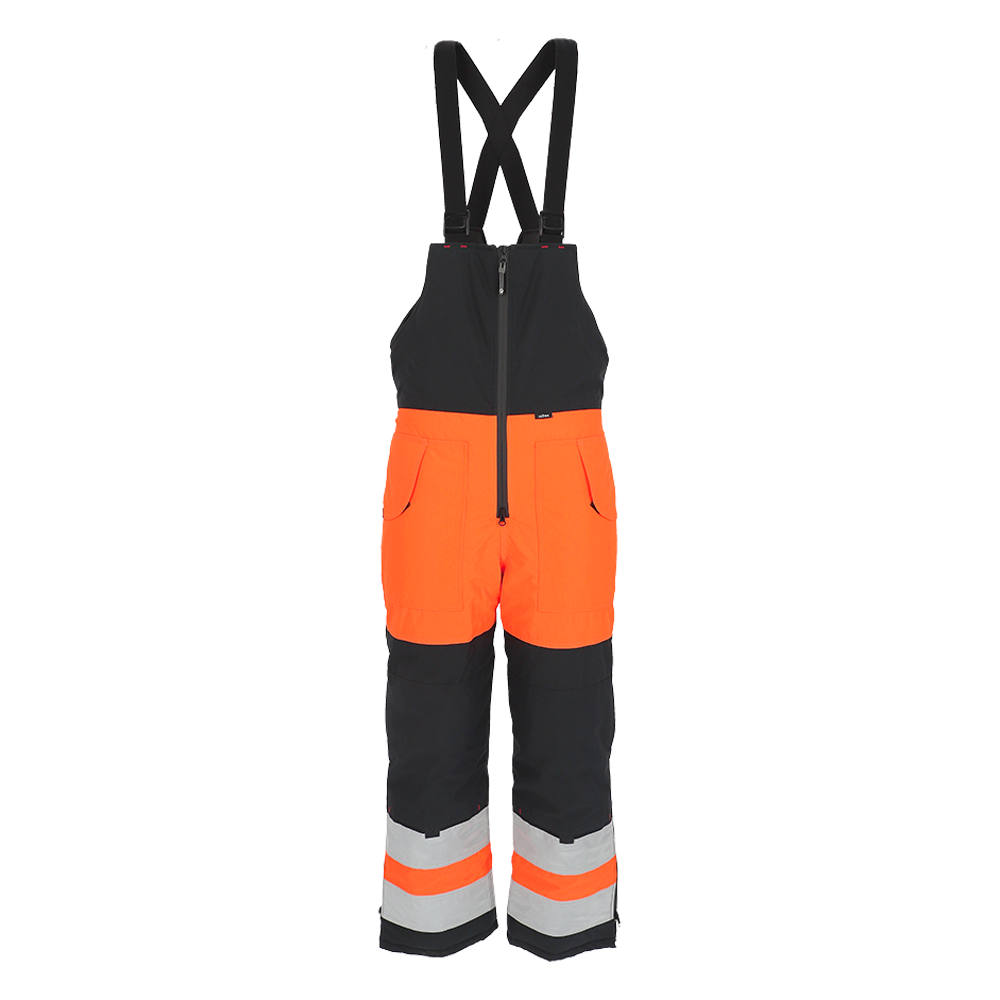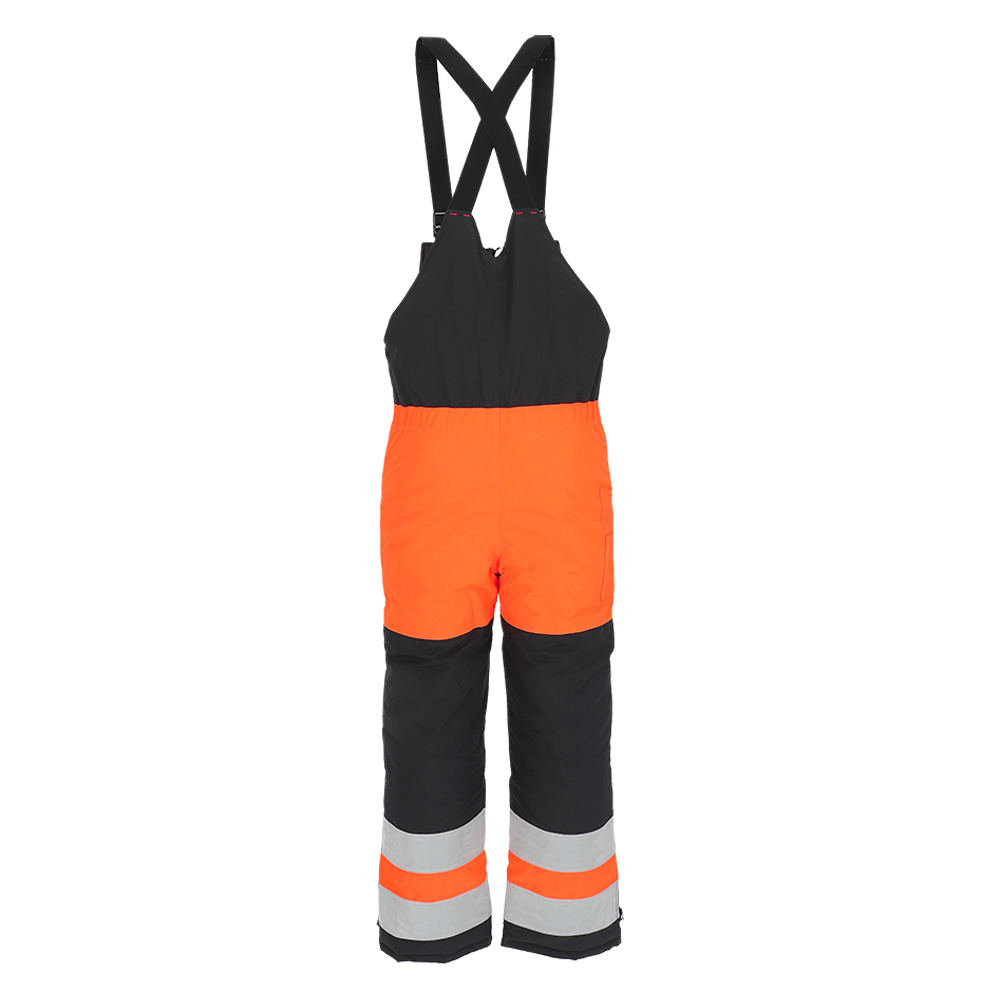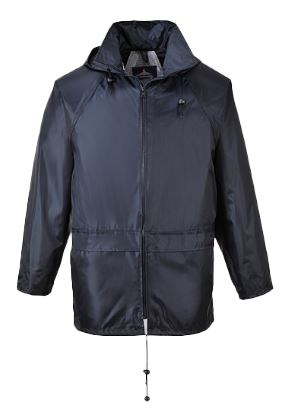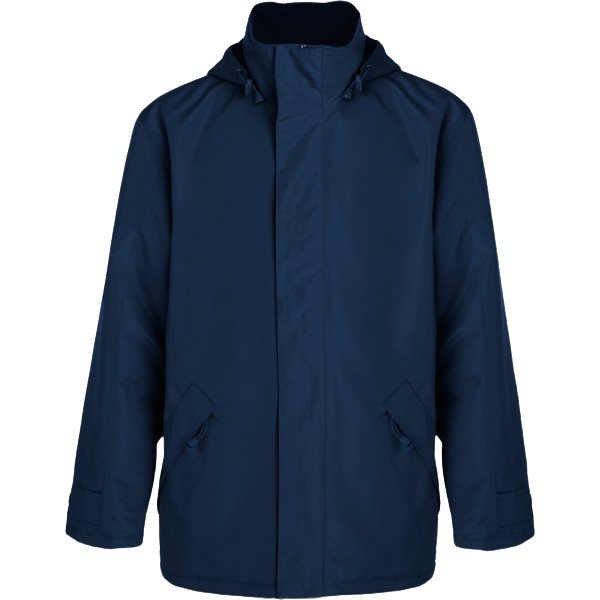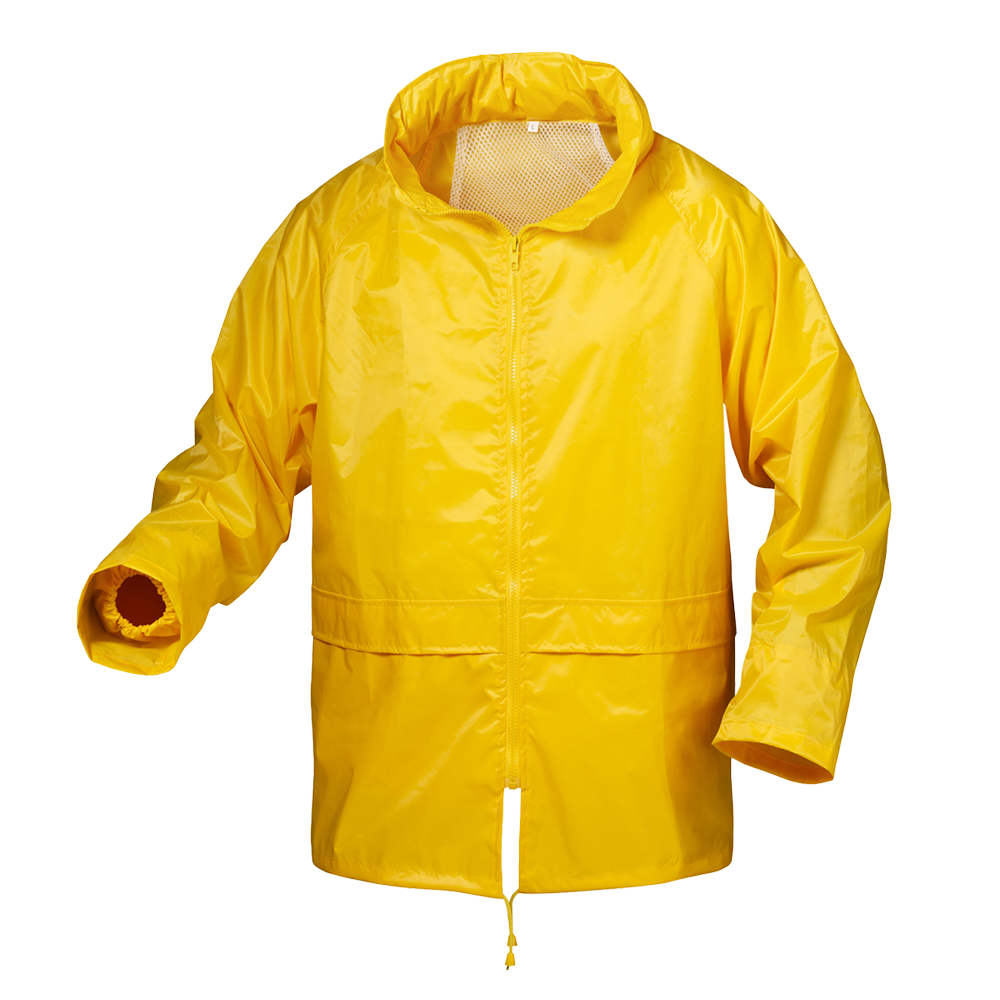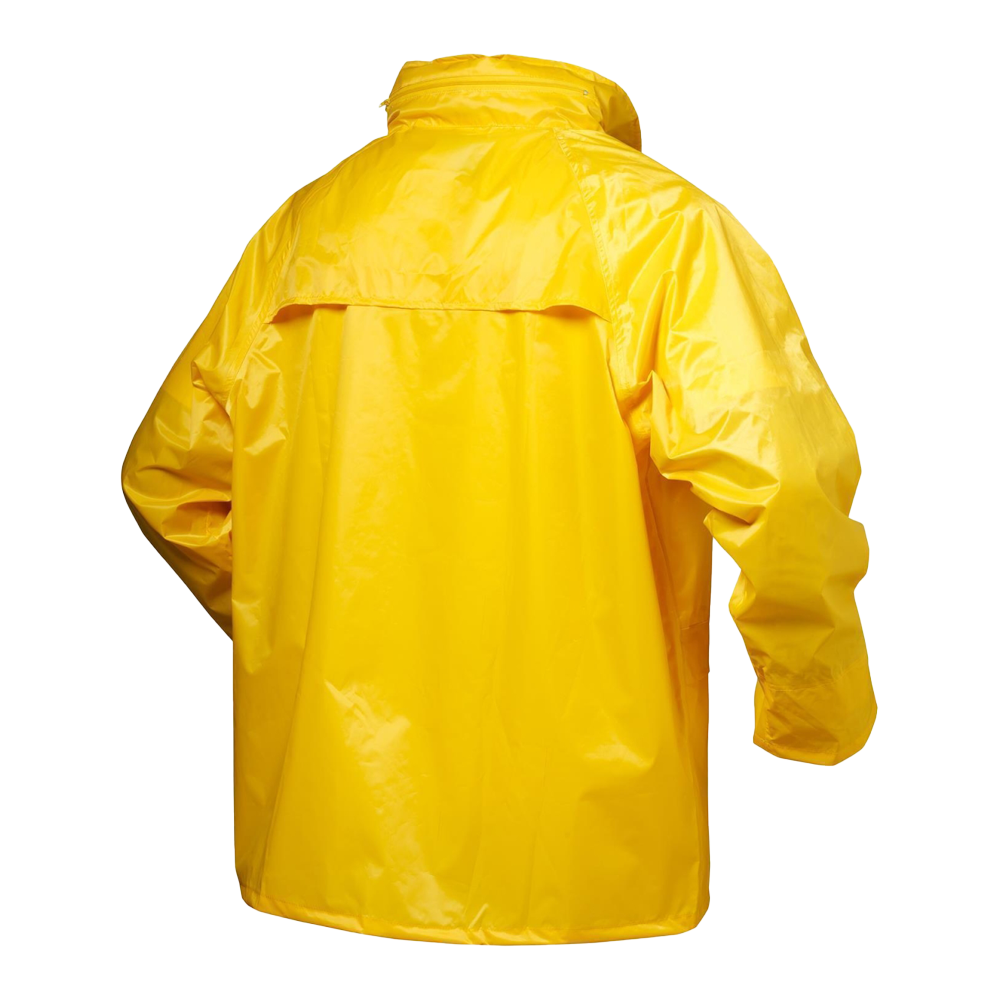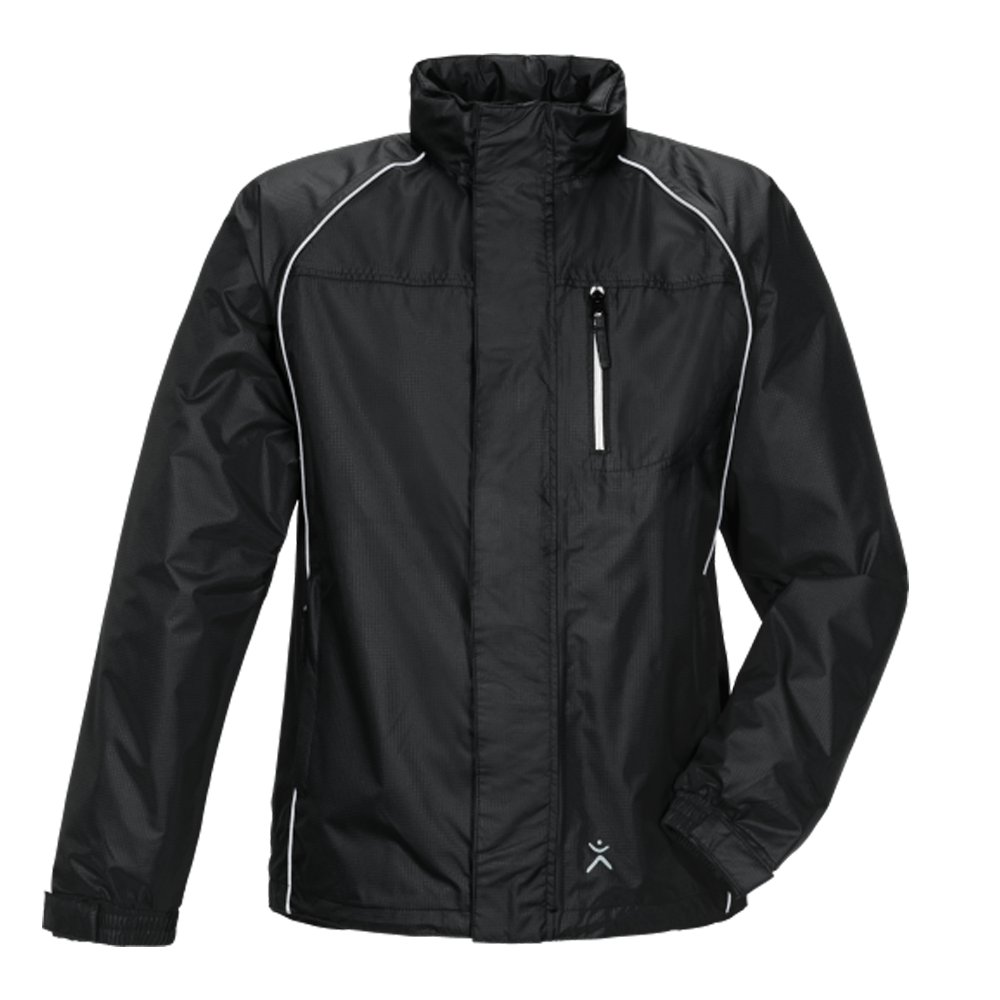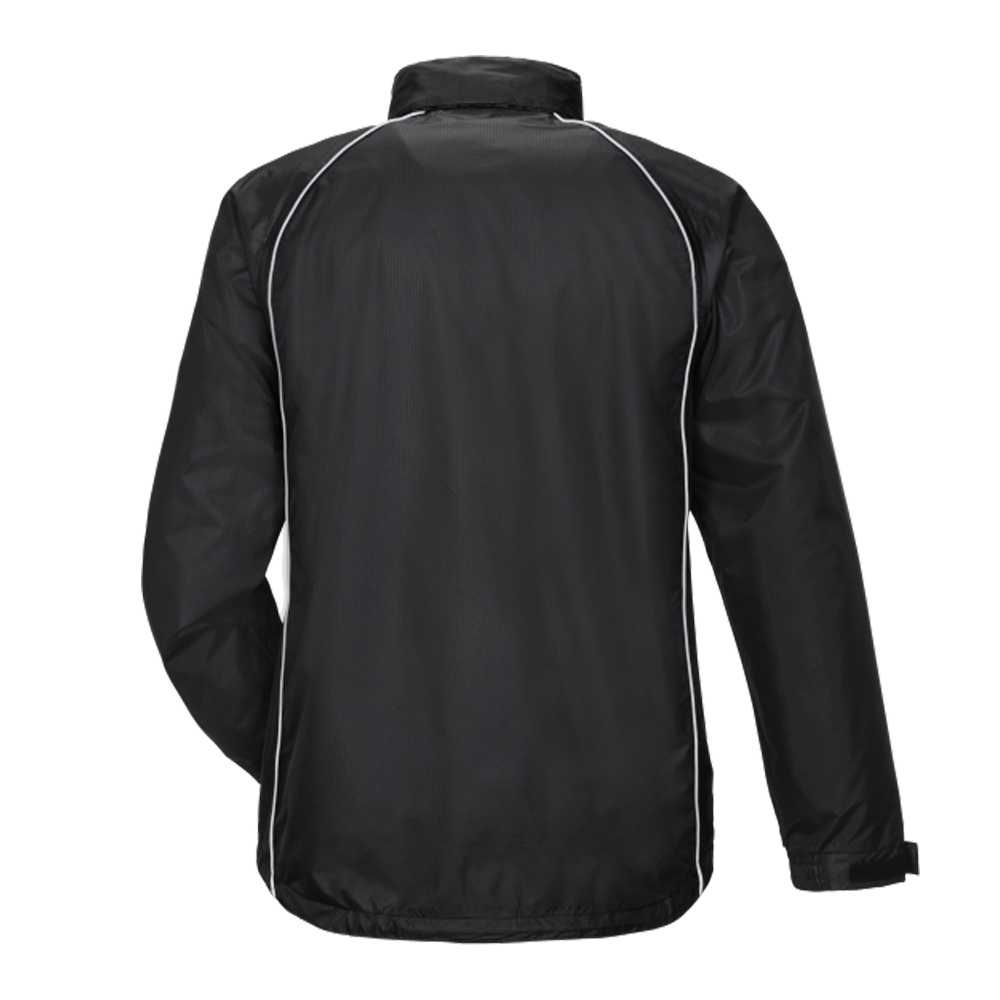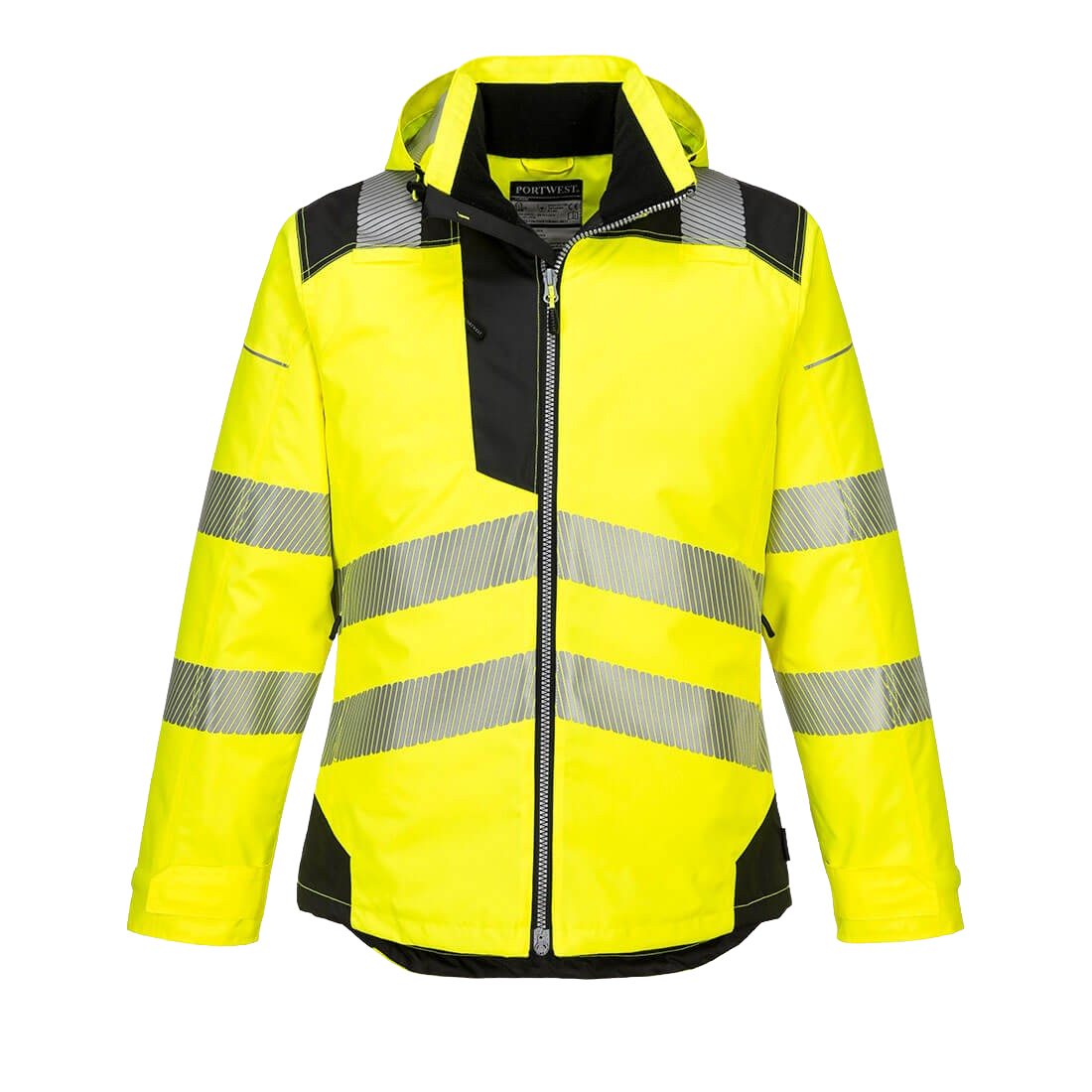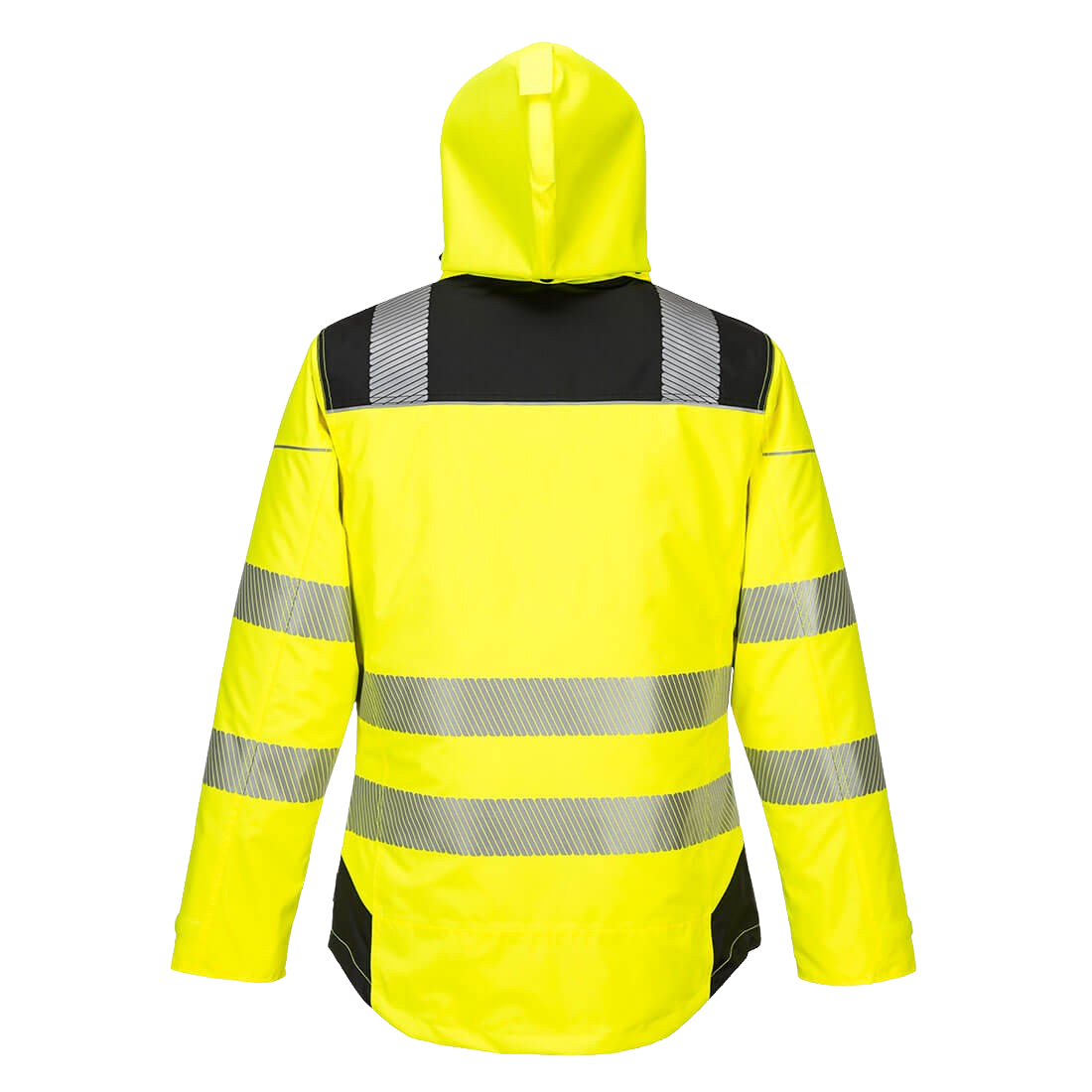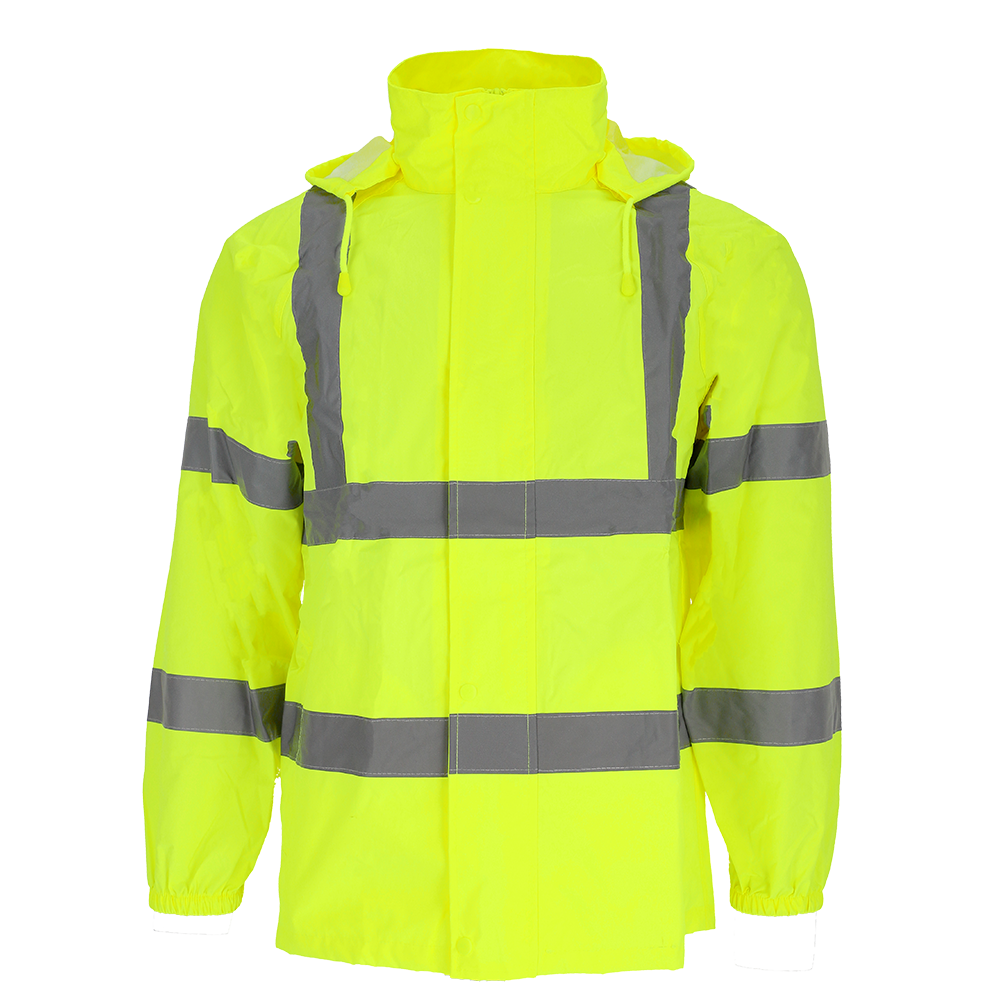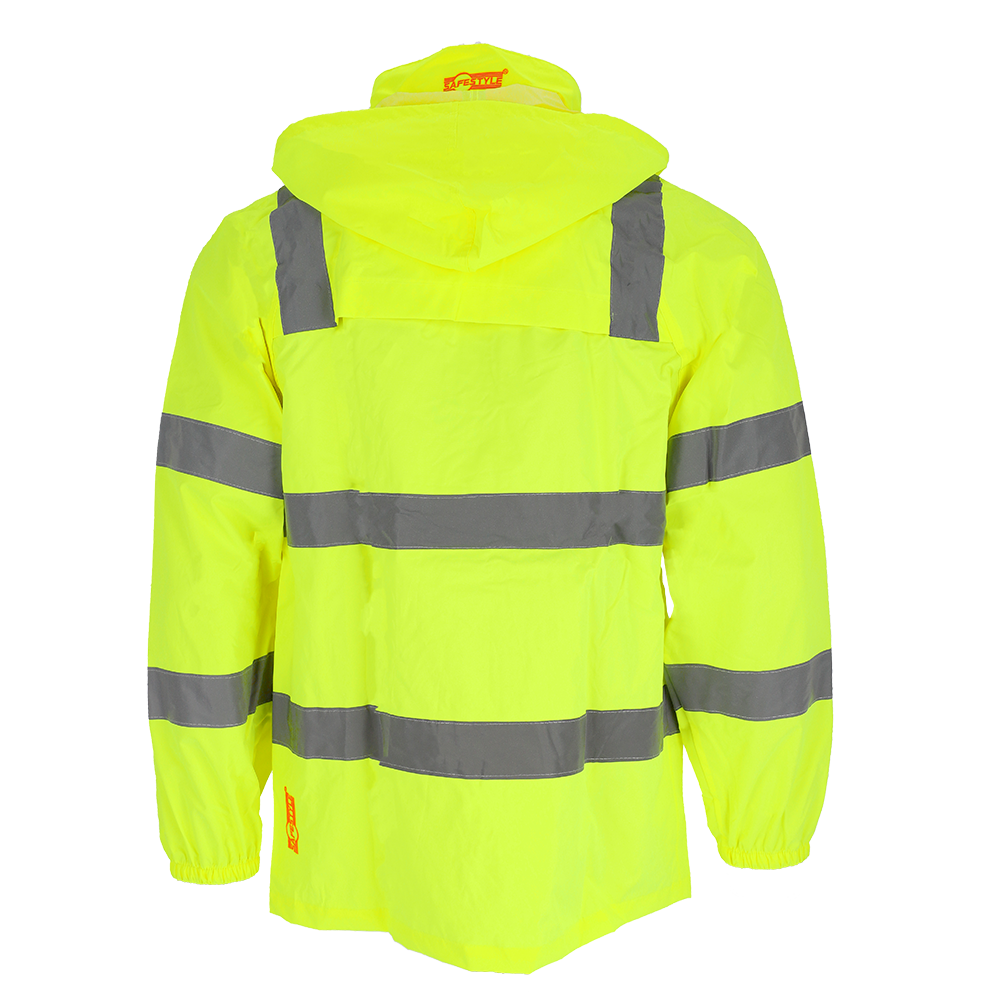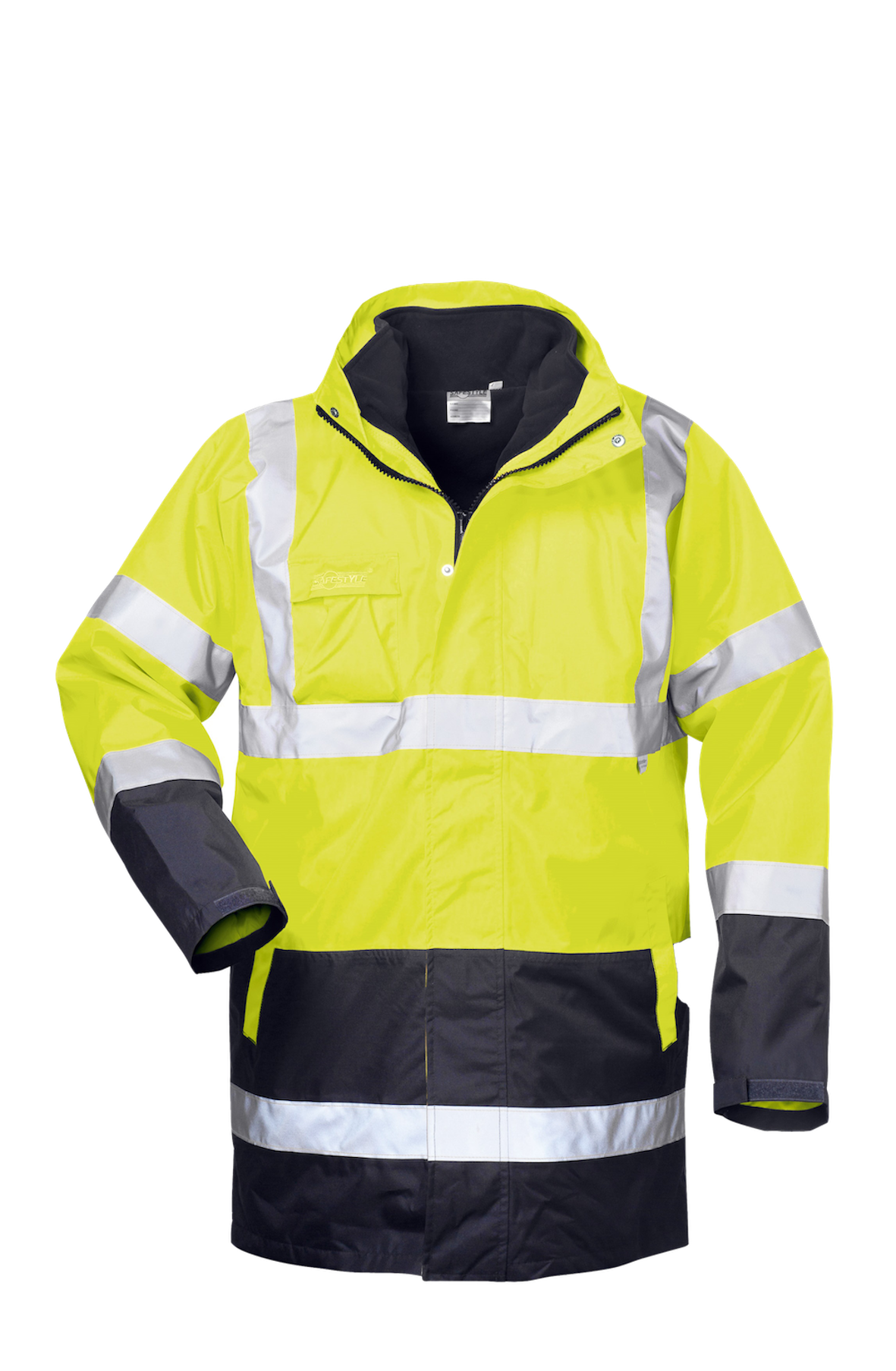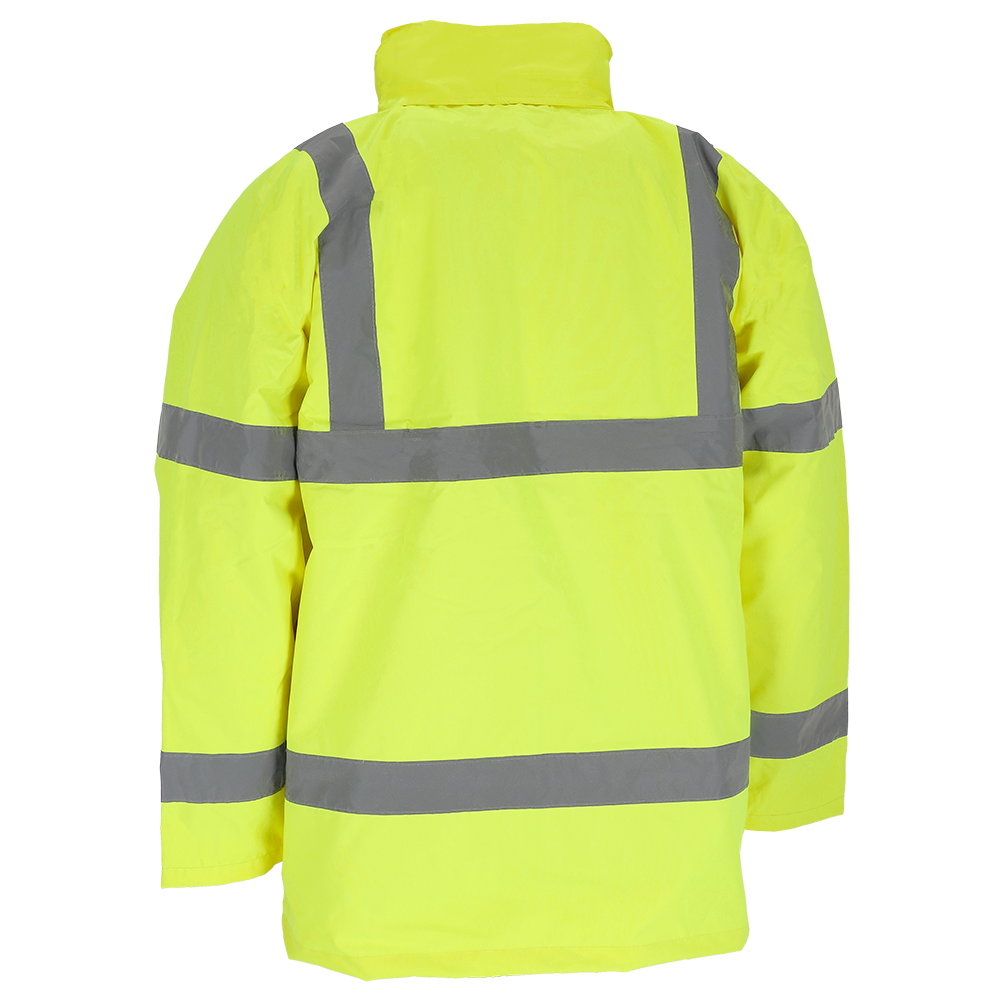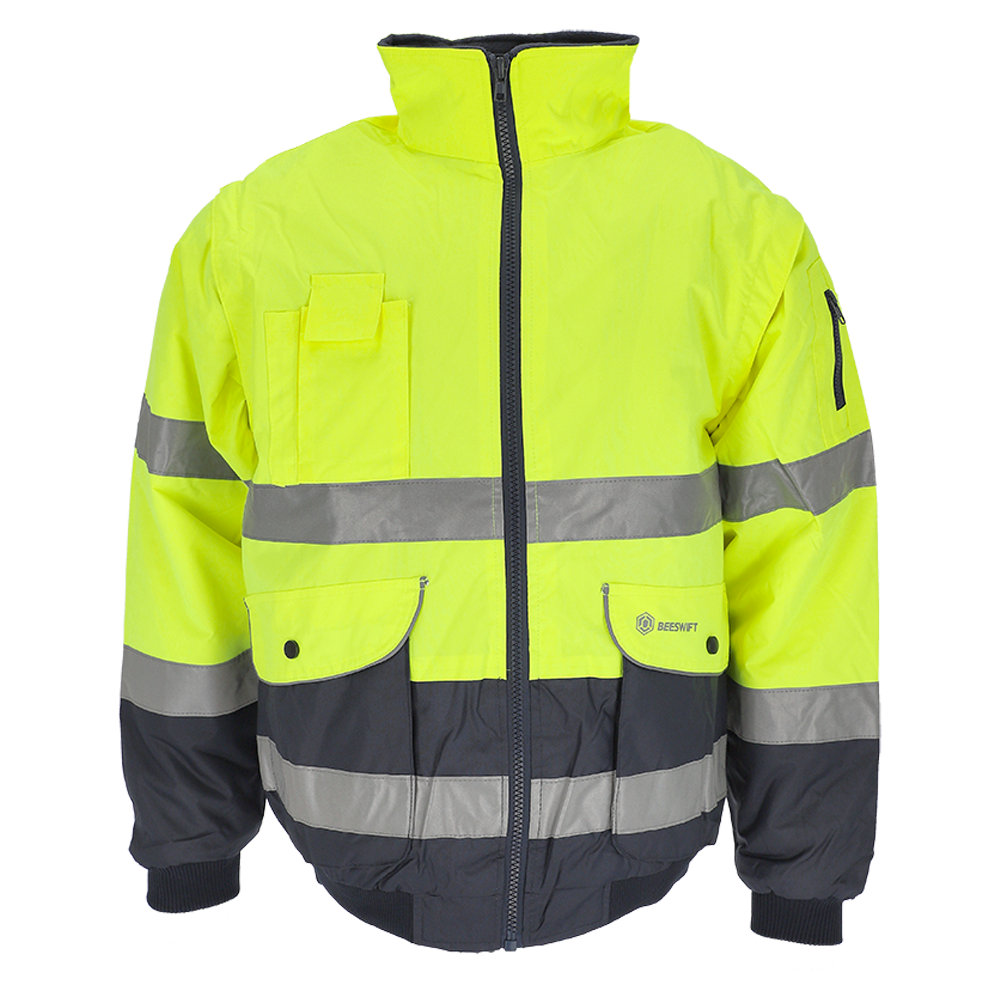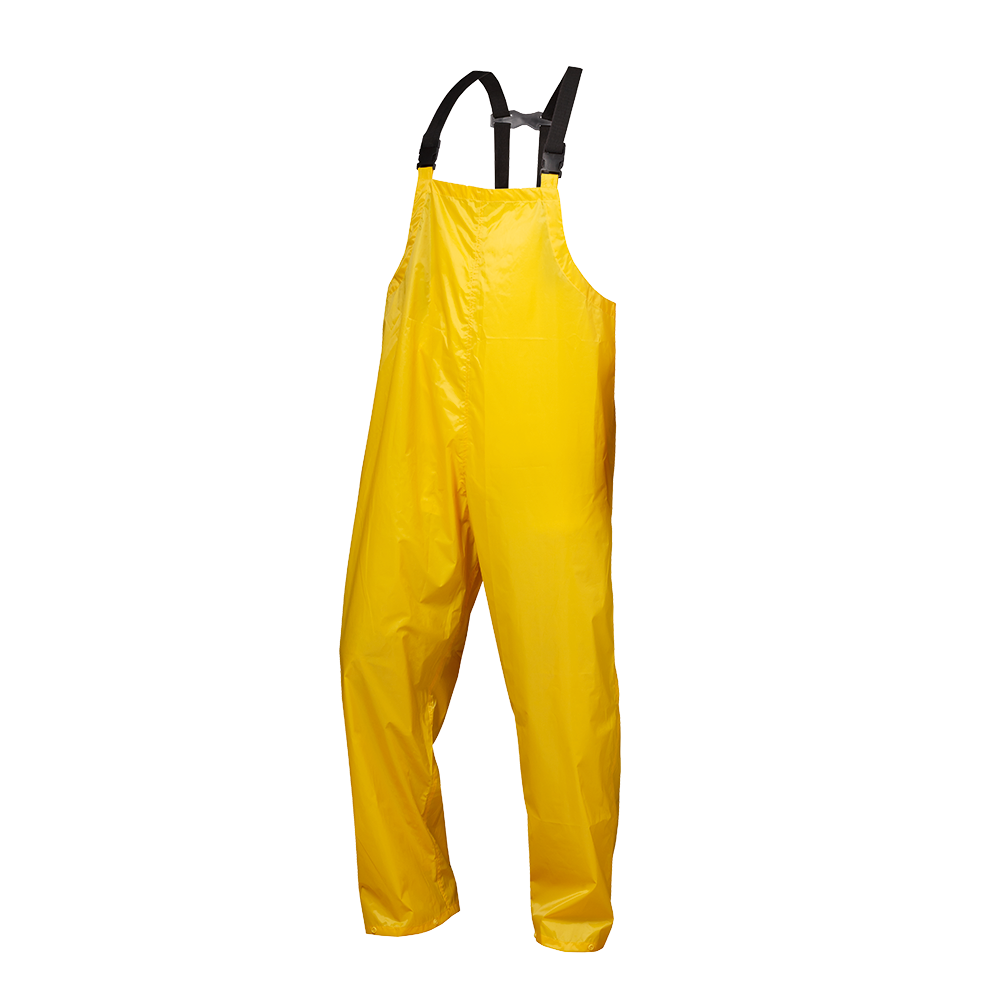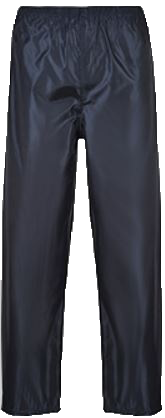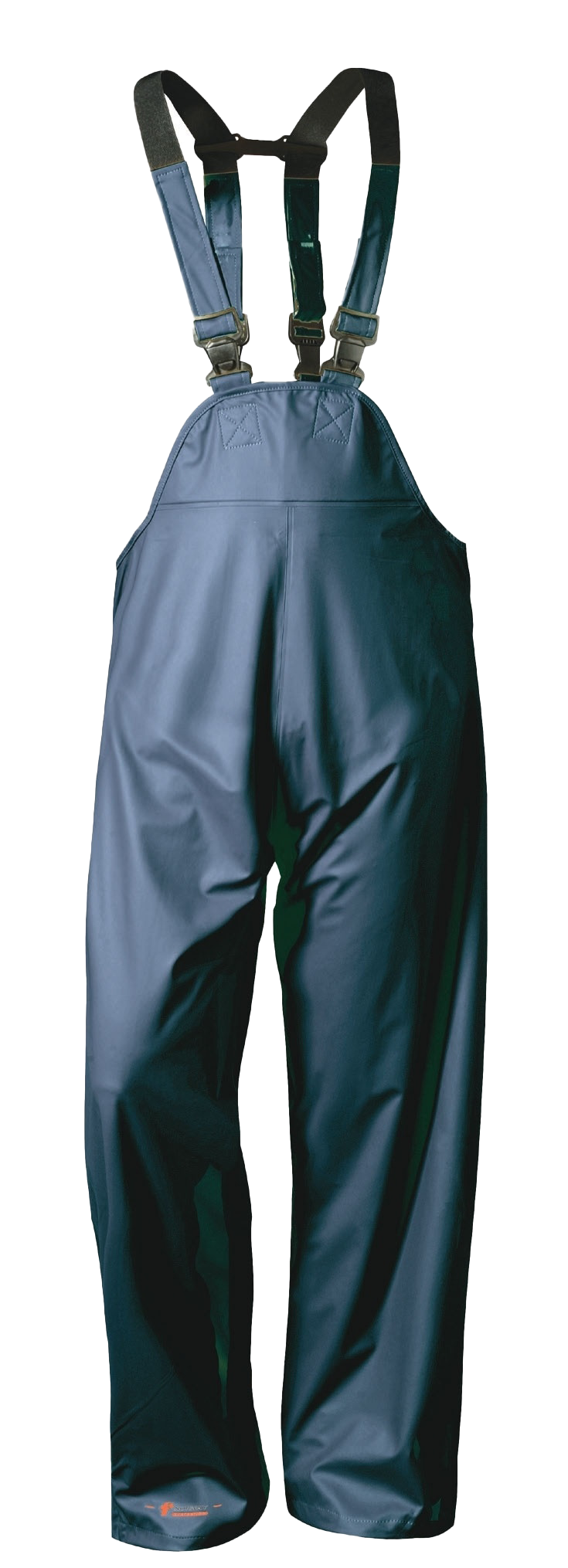Stay Dry and Comfortable on the Job: Our Weatherproof Clothing Has Got You Covered. Literally.
Designed for all weather conditions, our gear provides maximum protection against rain, wind, and cold. With durable and breathable fabrics, you can work comfortably and safely in any environment. Shop now to keep your team covered and ready for anything.


Stay dry and protected with our weatherproof clothing for all weather conditions.
Weatherproof clothing is essential for employees in fleet and logistics to provide optimal protection from the whims of nature. In this article, you will learn everything important about weatherproof clothing, its use, and its role in the workplace.
What is weatherproof clothing?
Weatherproof clothing refers to a special type of workwear designed to protect employees from the effects of various weather conditions.
This clothing is designed to protect against rain, snow, wind, sun, and cold. This ensures that employees remain dry and comfortable even in adverse conditions.
Weatherproof clothing can include various elements, such as jackets, pants, overalls, vests, gloves, and headgear, which can be selected according to the needs and specific requirements of the workplace.
The importance of weatherproof clothing in fleet and logistics
Fleet and logistics are areas where safety and protection from environmental influences are crucial. Employees in this field often work outdoors and must therefore be well-protected from wind and weather. Weatherproof clothing helps reduce the risk of environmental influences.
What materials is weatherproof clothing typically made of?
Typical features of weatherproof clothing include water- and windproof materials that are also breathable to wick away sweat and moisture from the skin.
What colors are weatherproof clothing available in?
Weatherproof clothing is available in a variety of colors. Common colors are neutral, with black, gray, blue, and green being frequently used.
Additionally, color choices can also depend on specific safety regulations and standards that apply in certain industries.
In some cases, weatherproof clothing may also be available in bright colors such as yellow or orange to improve the visibility of employees in low-light conditions or heavily trafficked work areas.
Are there reflective elements on weatherproof clothing?
Weatherproof clothing can also include reflective elements to improve the visibility of the wearer. These reflective elements are typically made from fluorescent materials that reflect light.
Proven positions are on the sleeves, back, shoulders, and legs of the clothing. These reflective details can be in the form of stripes, piping, inserts, or logos on the weatherproof clothing.
In which industries is weatherproof clothing used?
It is commonly used in various industries, including logistics, construction, agriculture, forestry, road maintenance, and transportation.
What standards does weatherproof clothing adhere to?
Weatherproof clothing can adhere to one or a combination of standards. Below are the essential standards for weatherproof clothing:
DIN EN 343:
The EN 343 standard sets the standard for weatherproof workwear that reliably protects you from the whims of nature. At Fortdress Group, you will find a wide range of high-quality EN 343-certified workwear that meets the highest demands for waterproofness, water vapor permeability, and windproofness.
DIN EN 14058:
DIN EN 14058 is a European standard that sets requirements for cold protection clothing for workers. This certified cold protection clothing provides protection against cold and wind while ensuring breathability and freedom of movement.
DIN EN 14058 is relevant for workers who work in cold environments, such as outdoors, in refrigerated rooms, or in cold storage. Our quilted clothing is certified according to DIN EN 14058 and therefore offers reliable protection against the cold.
DIN EN 20471:
The EN ISO 20471 standard sets strict requirements for high-visibility clothing to ensure the visibility and protection of individuals in high-risk work environments.

